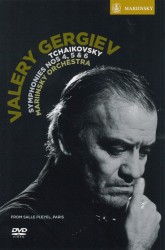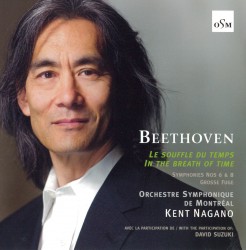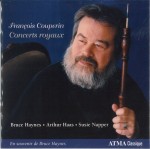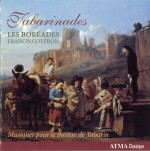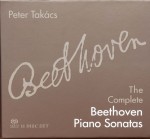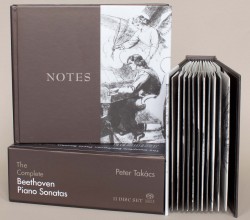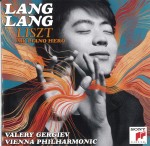Russian Favourites - Alexander Sevastian
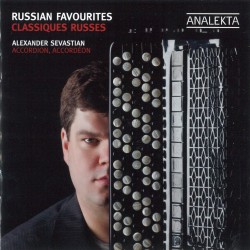 Russian Favourites
Russian Favourites
Alexander Sevastian
Analekta AN 2 9929
“Russian Favourites” showcases Quartetto Gelato accordionist Alexander Sevastian in a number of Russian solo accordion works and arrangements.
The accordion specific works are important examples of “classical” 20th century Russian accordion repertoire. Compositional acumen and the monster virtuosic strength of the Russian players created a challenging collection. Here Vyatcheslav Semionov’s Don Rhapsody No.1 is a prime example. In just under five minutes, it showcases almost everything the accordion can do. Massive chords, lyrical melodies and blasting sound walls are all controlled brilliantly by Sevastian. The work is saved from becoming a musical parody of itself primarily thanks to the composer’s clever compositional skills. Original works by Shenderyov, Korolyov, Panitsky and Zolotaryov are also featured.
Sevastian himself arranged works by Rachmaninoff, Mussorgsky and Tchaikovsky. The success of any arrangement for the accordion from Romantic piano repertoire is tricky. The piano is a percussion instrument – finger articulation causes a hammer to hit a string which causes it to vibrate. Pedals figure prominently too. Lots of sound source possibilities. The accordion is a wind instrument – the bellows force air through metal reeds causing them to vibrate once buttons or keys are depressed. There is only has one sound source. That’s why sometimes an arrangement like Rachmaninoff’s Vocalise sings with its inherent flowing melodic beauty while Mussorgsky’s “The Gnome” from Pictures at an Exhibition stumbles with too many simultaneously vibrating reeds.
Sevastian is a sensitive and accomplished performer in this crowd-pleasing jewel.


